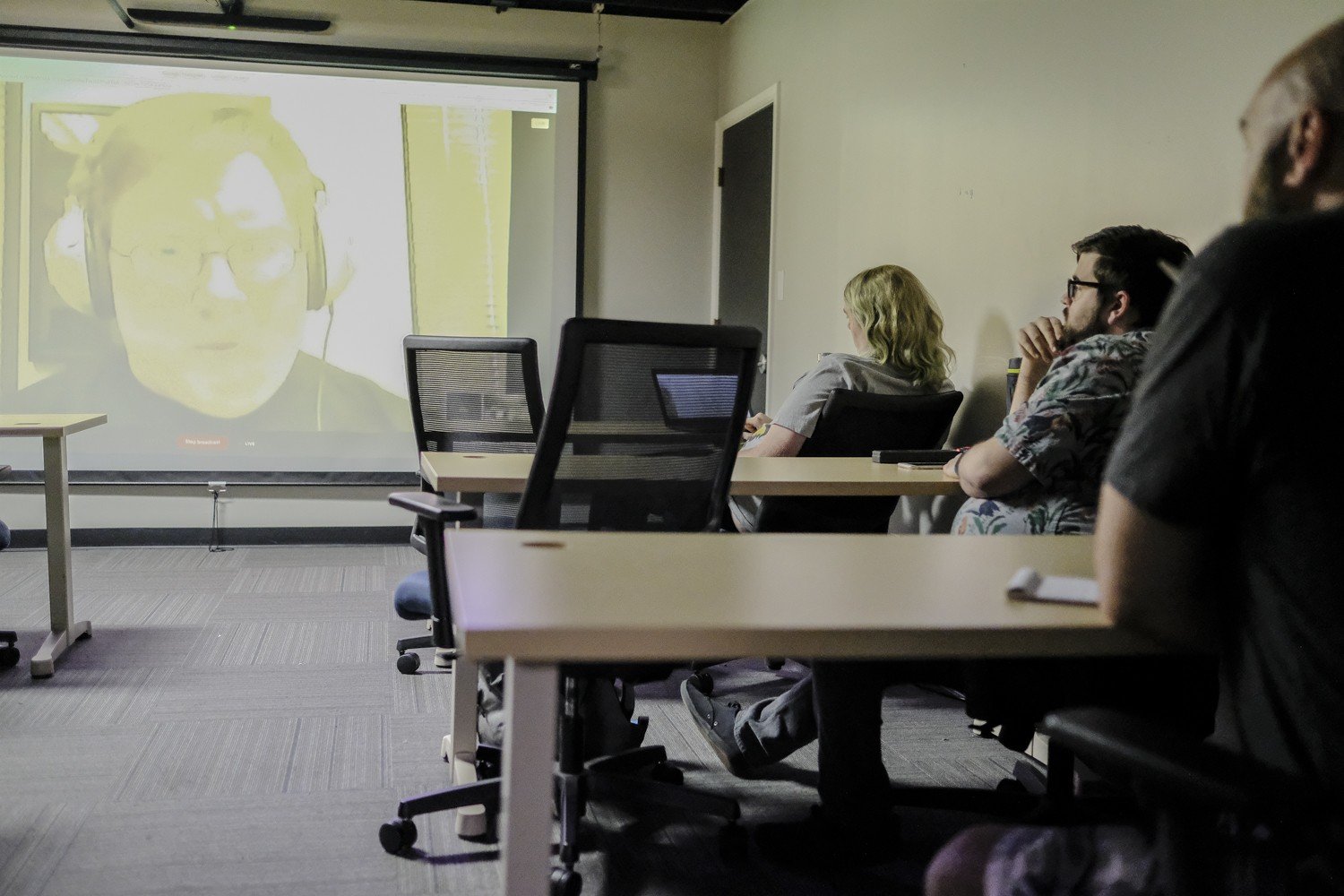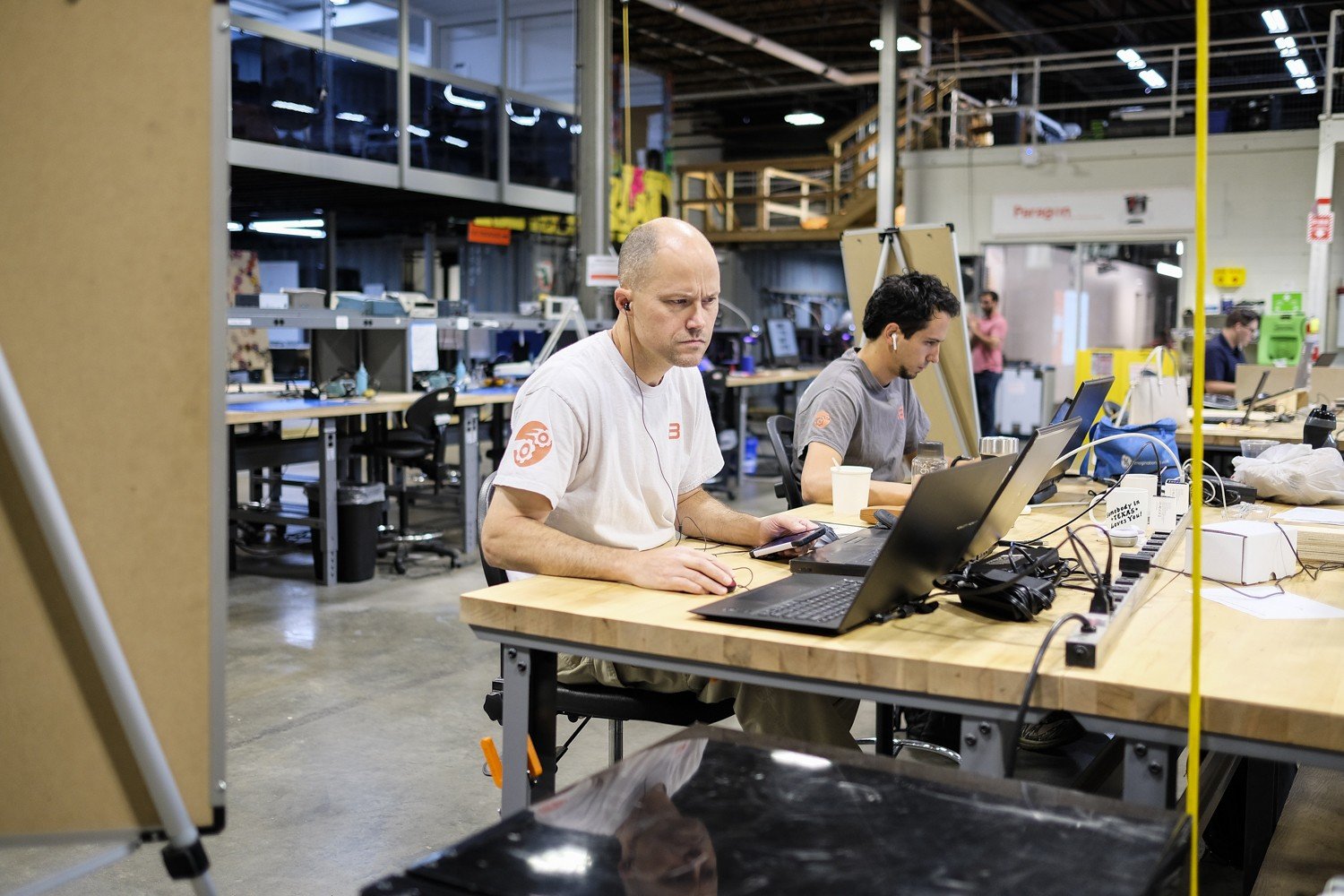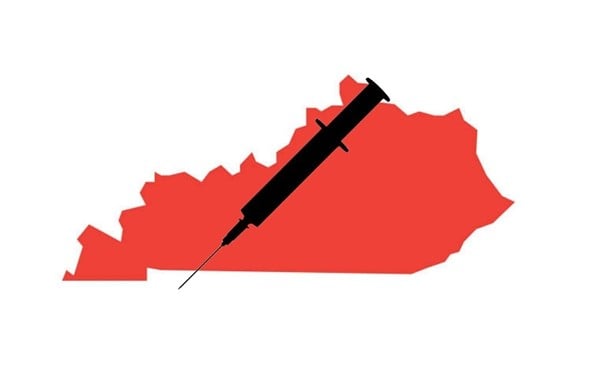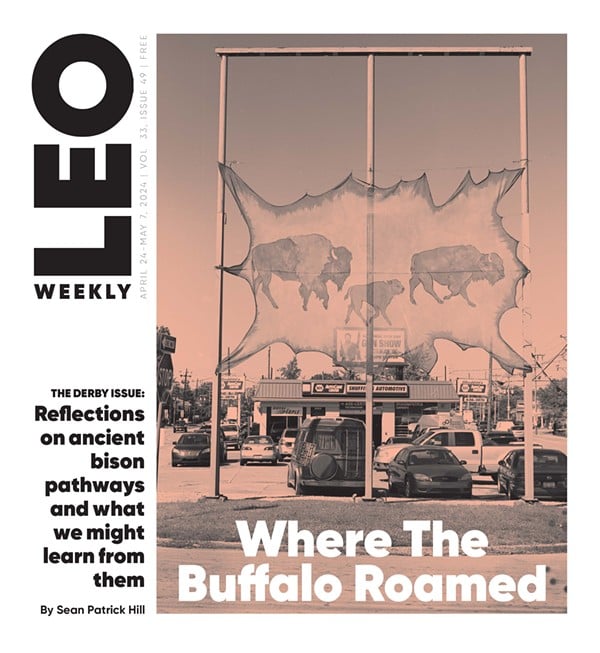An office walks into a bar…
Bear with me for a moment. I am talking about the third place.
For some, it might be a café or the library. For others, it might be a barber shop or the gym. Regardless of where it is, or what it is exactly, most of us have a destination we gravitate to when we’re not at home or at work.
That’s the classic definition of a third place.
For a long time, third places were distinguished by the fact that they were primarily environments of leisure. You might study there, or pursue a hobby or craft, but only in a low-key way. Chit-chat with others would be likely. You’d let your mind (and probably your feet) wander. The idea of having something to show for your time would seem pretty foreign.
Now, new kinds of third places are emerging.
Some of these still hew to the old-school mold of third places, even while being dedicated to pastimes that didn’t exist a few years ago. Others, in attempting to build business models on some sense of community (either real or imagined), typify that strange moment we’ve arrived at in our culture of never being quite sure of what role we’re playing or where we stand with each other. Is your Airbnb host a new friend or a receptionist? Is your Uber driver doing you a favor by giving you a lift, or vice versa?
If you’re not quite working or playing at a third place, what is it that you’re doing?
In the last three years alone, half a dozen of these new spaces have popped up around the city. They range from dedicated makerspaces such as LvL1 and FirstBuild to a variety of coworking spaces that cater to designers, entrepreneurs and freelancers. While each has its own mission, the common thread among them all is that third places are havens for a particular community.
Take WarpZone, one of only a handful of independent game developer spaces in the world.
“Louisville had 80 to 90 percent of the stuff I like, and I just thought I’ll create the other 10 percent, which would be a workspace where me and my friends can hang out,” said Eric Lathrop, explaining why he and his friend Alex Bezuska founded the WarpZone at Main and Sixth streets downtown.
Now, about that bar...
It seems telling that the latest addition to Fourth Street Live! will not be a brew pub, a farm-to-table restaurant or a tourist attraction. It will be a giant office space. The Cordish Companies recently announced plans to open a Spark coworking space next year in the 20,000 square feet formerly occupied by two bars (Tengo Sed Cantina and The Marquee Bar,) in the downtown entertainment complex.Spark represents “a marriage of hospitality and entrepreneurship,” said Shervonne Cherry, community manager of Spark Baltimore, where the concept was piloted. With amenities such as a concierge, catering and dry cleaning service, it’s a more packaged, high-end offering than any of Louisville’s other coworking spaces. It seems designed for those who have glimpsed the food courts and luxury shuttle buses of Silicon Valley’s tech campuses and resolved that one day, they too would work somewhere cool.
“Although I hate to use the word millennial, because I’m a millennial myself, a trend we’ve observed with this generation is wanting to work in a space that’s inspiring in some way, that’s not a cube farm,” said Cherry.

Building bigger, together
As a tenant myself of several coworking spaces in the last few years, I can attest to this generational skew. Coworking spaces tend to be much more male than female as well. It is also my experience — but not just mine alone — that an unpleasant locker-room vibe can sometimes take hold where there are lots of guys and no boss in sight. In response, all-female coworking spaces have started to appear in cities around the country, from New York to Seattle.Gender dynamics aside, how is a coworking space better than working from home or a regular office? Maybe it’s the hive-mind field of shared concentration, similar to a college library. Or that there’s enough of a hybrid public/private space vibe to suggest a café, only quieter. But while most people seek out third spaces for self-serving reasons initially, they may get involved with a third space’s community to the extent that they connect with its sense of purpose.
The Park, a coworking space in Shelby Park, makes that goal explicit. Occupying one outside wall is a mural that reads, “Building something bigger than ourselves — together.” The Park is part of the portfolio of social investment firm Access Ventures, which has renovated other buildings in the neighborhood and located its grantees’ social enterprises in them. While The Park has a less direct social mandate than an Access Ventures business such as Scarlet’s Bakery, which aims to provide job skills to marginalized women, The Park still seems to have had an effect on the neighborhood. Earlier this year, an architecture firm took over the next-door space formerly occupied by a carpet store. Also, its $60-to-$100 monthly membership plan makes it affordable to even the least affluent freelancer.
Yet it doesn’t feel cheap. (That may be one of the most significant factors in why I have worked there myself since 2015.) Its 3,000-square foot interior has a clean, almost Scandinavian design aesthetic. David Taliaferro, Access Venture’s director of microfinance, said this was part of the philosophy behind starting The Park in 2014: “Every coworking space has its own vibe. We talk about promoting the arts and creativity and there are some physical elements to this, like taller ceilings and better lighting, that we knew would contribute to the atmosphere. We wanted it to be a place people wanted to come to every day.”
Coming together to take things apart
The community evoked by coworking spaces tends to be embedded in the status quo: connecting to an entrepreneurial ecosystem supports the larger economy, for example. But there are also third spaces that define themselves and their members in terms of opposition to the mainstream. Hackers and makers in particular are the hands-on rebels in a world where everyone else buys stuff prepackaged.“A lot of [creativity] is taking things apart, but if you’re just using apps, what is there to take apart?” said Bezuska, 31, cofounder of WarpZone. The reason we have one in Louisville is essentially to give Bezuska and Lathrop, 35, an anchor to stay here. “I wanted to find the same type of nerd as me,” said Lathrop.
As he explained it, independent game developers have more in common with independent filmmakers than with most software developers. “There’s this whole community of really driven people who don’t care if their game sells a million copies or appeals to the masses,” said Bezuska. Some of those games may seem more like movies or short stories. “Apartment 213,” for example, a game that Bezuska and Lathrop developed together through their company 2 Scoop Games, invites players to move around a small apartment from the perspective of the four different residents who live there. There are no points to score, or any winning in the conventional sense. “I want to use games to show people something about the world they didn’t know before,” said Bezuska.
From sewing to blacksmithing
Exploring and doing things for the fun of it is a hallmark of makerspace LvL1 in Butchertown, too. Tuesday evenings at LvL1 are a little like a business meeting held in a hoarder’s basement. LvL1 is in fact a basement, taking up most of the lower level of The Pointe on East Washington Street. With its atmosphere of permanent twilight, mangy couches abutting 3D printers and its mascot Brandy, a fire-breathing robot pony, LvL1 is one part man cave, one part after-school club. During the Tuesday night open meetings, most of the members sit at workstations that consist of desktop computers and soldering equipment, while others talk through presentations at the front of the room. During the project show-and-tell part of the meeting, a few people stand up. “This bulb came off an old printer, so that part was free, and then I just mounted it onto this stand to make a desk lamp,” said one member at an open meeting last summer. He held aloft something that still looked more like the light element of a printer than a lamp. Everyone applauded.In addition to such informal exchanges about what members are working on, LvL1 offers a regular roster of classes, from sewing to blacksmithing. The teachers are usually members themselves, who donate their time out of the desire to give back or pay some knowledge forward. Blenster, a maker member at LvL1 who works full time on an educational LED-kit startup called Mr Blinky Bling, said he probably spends an equal number of hours teaching and giving talks. “I probably volunteer too much,” he said with a grin.

Farming (out) ideas?
Traditional third spaces operate on the terms of what author Lewis Hyde termed the gift economy. Members contribute and help one another in ways that foster a sense of connection and positive obligation, through gifts of time, attention, shared knowledge and experience. By contrast, businesses and other for-profit institutions of the commercial economy dispel feelings of obligation through an exchange of cash.What is notable (and maybe unsettling) about the final category of new third spaces is the way they muddle the distinction between the gift economy and the cash economy. They create the physical environment and infrastructure of a traditional third space and even seed a community there, but with the intention of tapping that community’s energies and ideas for the profit of a separate entity.
FirstBuild, the makerspace that General Electric opened in July 2014 on the edge of the UofL campus, is a case in point. GE’s aim in building a “microfactory” on the other side of town from its corporate facilities was to turn over a fully equipped R&D facility to independent inventors to use for free, with the hope that their tinkerings might provide new and useful ideas for its home appliances. “Creativity only happens when you have something open,” said Justin Berger, FirstBuild’s open innovation strategist.
Yet the philosophy at FirstBuild is unabashedly commercia. “Based on the prototyping concept, we try out new products that are validated though sales. Then the good ones we scale up through GE in mass production,” said Berger. FirstBuild’s 20 full-time employees have a dual mission of coming up with a dozen potential new products a year as well as shaping any promising but still nascent ideas from the public. The biggest success story so far to emerge from this model of cross-pollinating innovation is Opal, a countertop appliance for making fast food-style nugget ice at home that retails for $500. “We were looking to raise $150,000 on Indiegogo to justify going into production, but we actually raised $2.7 million in pre-orders,” Berger said.
City makespace
Other institutions are eager to emulate that kind of success. “FirstBuild for government” is in fact how Grace Simrall, the city’s Chief Innovation Officer, described the civic innovation center called LouieLab that opened last year. The city’s idea with Louie Lab is to crowd-source fresh thinking on local issues from beyond the confines of City Hall. Located on Museum Row downtown, LouieLab is home to metro government’s Office of Performance Improvement and Innovation as well as a coworking space intended primarily for members of the public working on civic issues.Whether a policy wonk community will collect around LouieLab or contribute useful ideas to the government remains to be seen. What’s clear is that third spaces that are successful run on a different set of principles than most other institutions in our society. To wit: Community counts more than the individual. Continual learning is the goal instead of mastering a routine. And finally, money isn’t much of a motivator. Creative enrichment and social capital are valued over the financial kind.
Which is why third places will continue to evolve and grow and offer alternative forms of community to those who wouldn’t have it otherwise.
Watch this space. •






